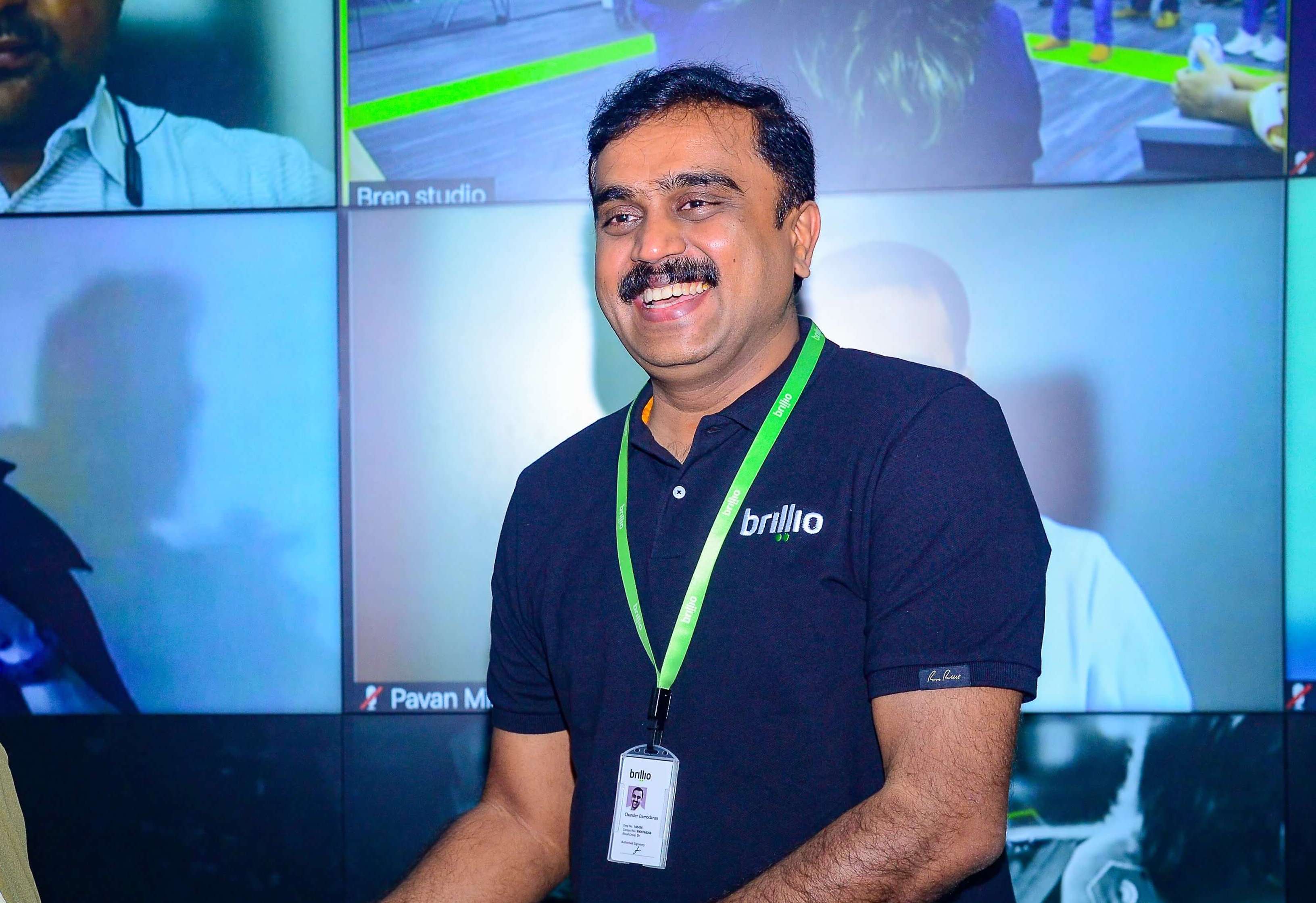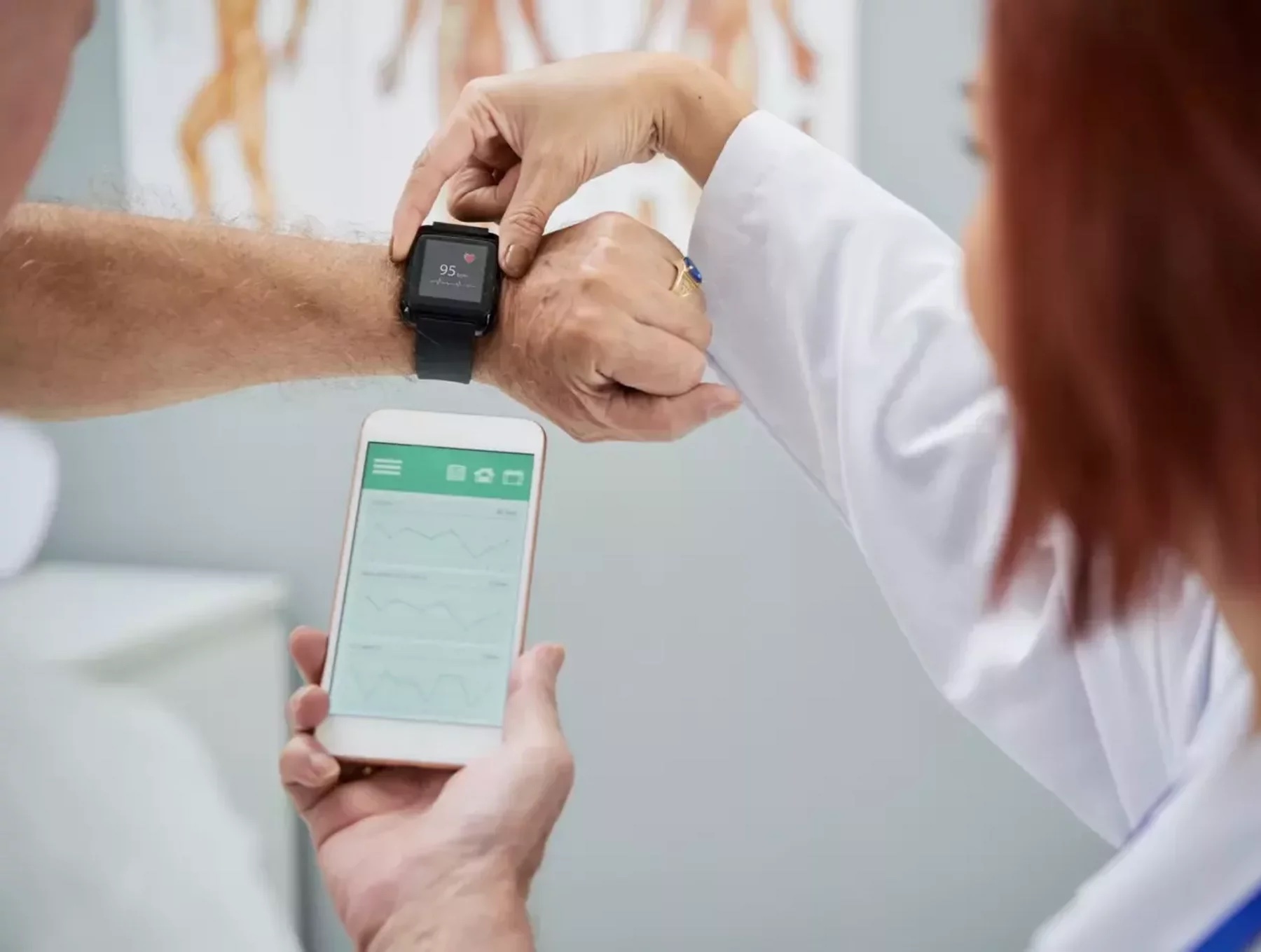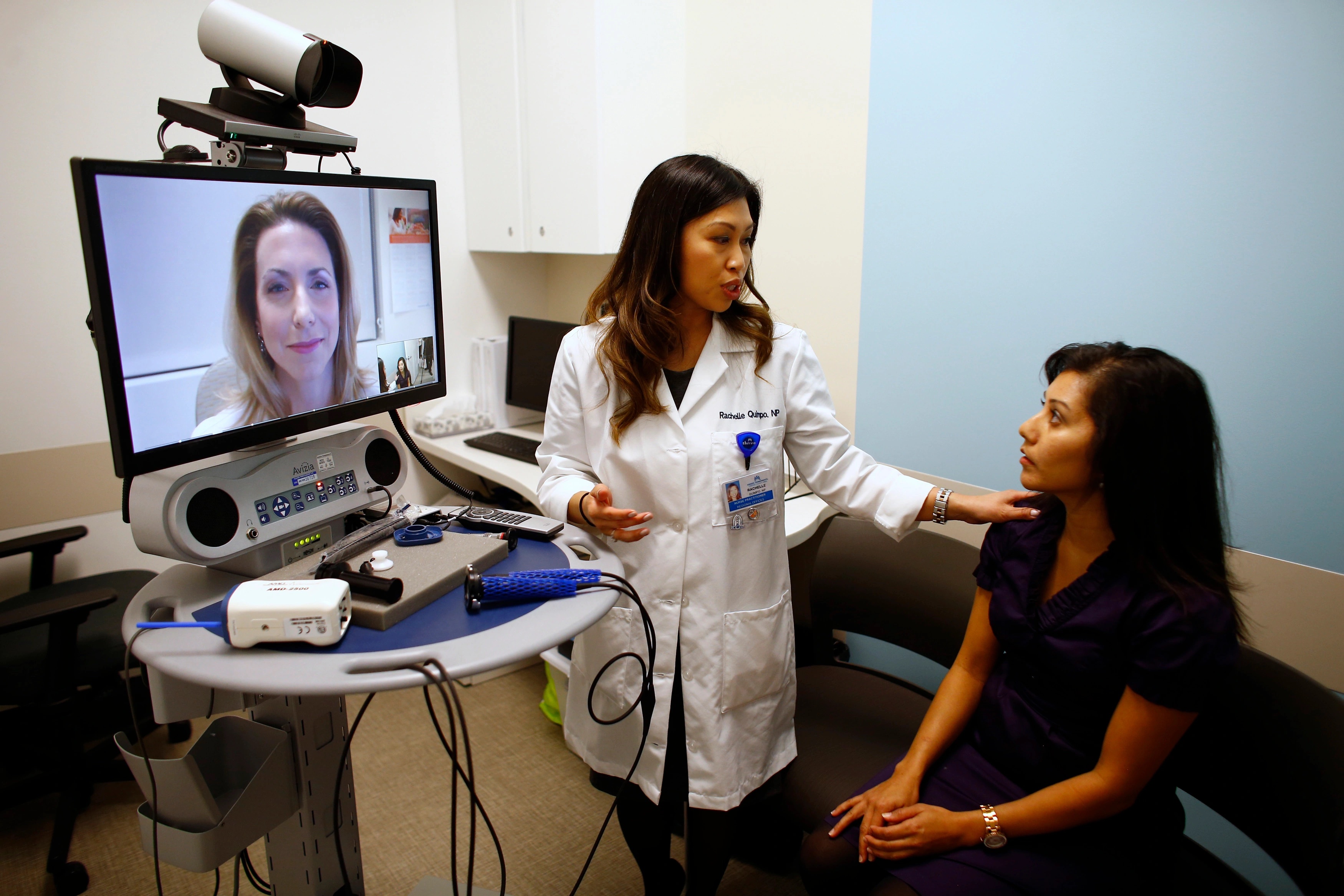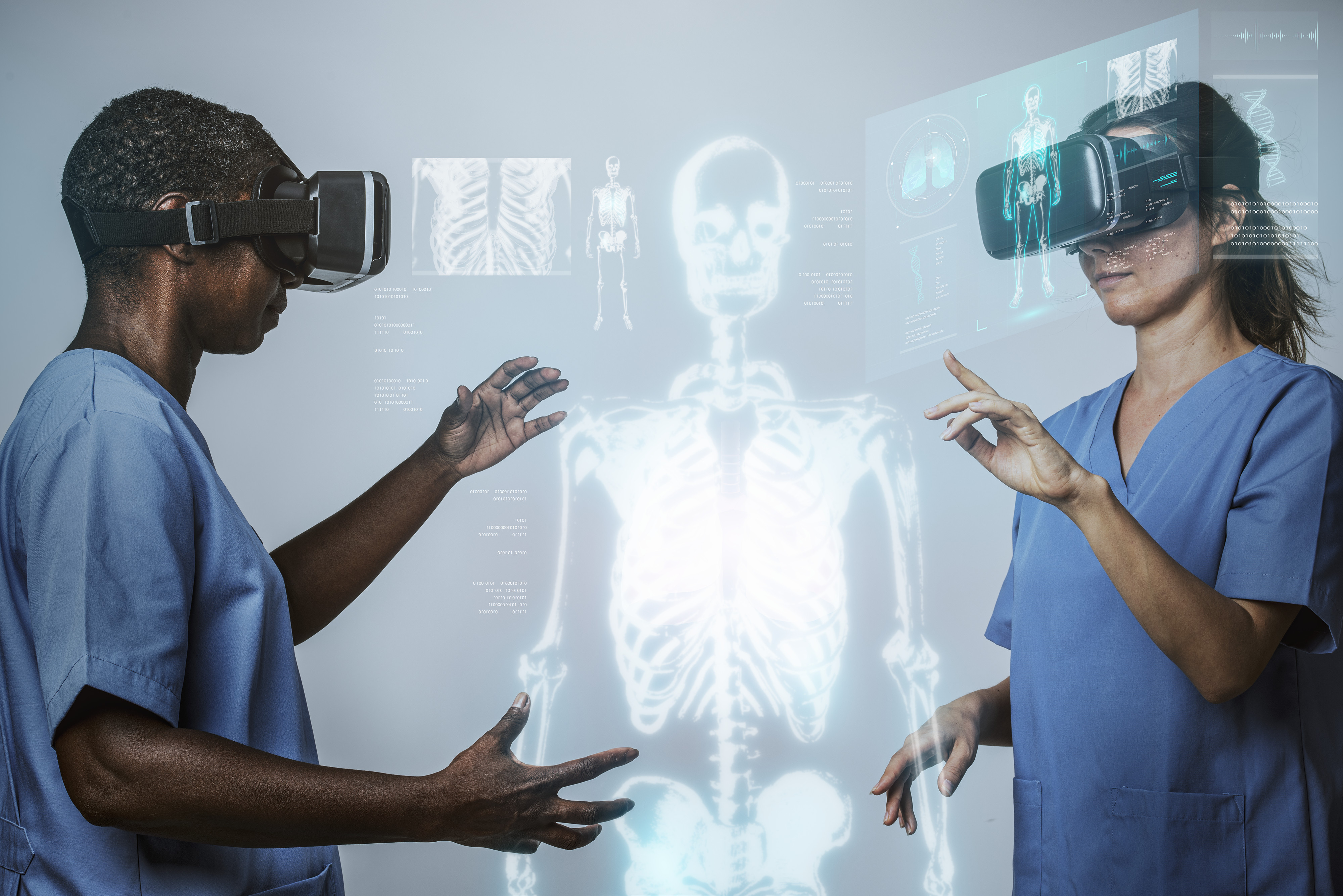Health
The Role of Technology in Driving Affordable Healthcare

Brillio CTO Chander Damodaran Shares Some Promising Trends in Healthcare Market Dynamics
If any event could cause a massive upheaval within the healthcare industry, it would be a global pandemic. COVID-19 forced institutions and practitioners to reevaluate their methods and internal systems from top to bottom. Technology, telecommunications, and consumer industries pivoted their attention towards the healthcare industry looking to address new challenges and disruptions caused and revealed by the pandemic. Telehealth, in particular, saw a massive increase in interest and funding from these sectors as the global pandemic accelerated the need for digital solutions.

At digital tech companies like Brillio, team members search for solutions to the challenges faced by patients and practitioners alike. Their team is focused on developing forward-thinking, real-world tech to meet the growing public demand for better, more efficient healthcare. According to Brillio’s data, the global healthcare IT market is projected to grow 29.3% within the next 8 years reaching a value of $135.6 billion. The telehealth revenue share in the global healthcare IT alone is anticipated to grow at a rate of 41%, the fastest growth rate ever recorded.
According to the CTO of Brillio Chander Damodaran, the market is becoming vastly more patient-centric. For digital tech companies, the time is opportune to develop technology solutions that can benefit the average patient. Most of us are pretty comfortable with wearable technology- think Apple Watch or Fitbit for example- but there is massive potential to digitize all of the different systems including wearables to create a truly connected digital experience. Tech that monitors and shares health parameters is nothing new, and it could be just the beginning. Telehealth is poised to bring patients and providers closer than ever before, if not physically, then certainly virtually. Damodaran predicts a swift increase in the utilization of telehealth services of 38% post-pandemic as health systems weave digital solutions into their institutional systems.

In his opinion, there is a massive demand for telehealth solutions that benefit consumers by making pricing and procedural information more transparent. One way this is manifesting is through the emergence of mandates from the Centers for Medicare & Medicaid Services (CMS) and the Office of National Statistics. These mandates, including the CMS Interoperability and Patient Access Final Rule published in May 2020 and the CMS Price Transparency Final Rule published in July 2022, would allow patients to make an informed decision on their providers and services thus offering greater control over their healthcare plans and spending.
Damodaran is optimistic about where the industry is headed in relation to digital tech. From venture capital to private investment, investment in telehealth is booming. Increased interest in tech solutions for the healthcare industry is driving up investment rates, allowing for more development. This could result in better immersive and wearable technologies, the acceleration of solutions like digital twins, and the development of new tech solutions.

While many are still trying to understand the extent of their healthcare costs, increased accessibility and transparency remain at the forefront of the conversation. All these trends are not only exciting developments for the tech world and interesting opportunities for investors, but they are also potentially life-changing developments for each one of us leading to affordable healthcare and access to globally renowned experts and practitioners.
For more information about the role of technology in healthcare, visit www.brillio.com.
Health
Choosing the Right Pilates Reformer: A Practical Buyer’s Guide

Buying a Pilates reformer is not about picking the most expensive model—it’s about finding the right fit for your space, usage style, and long-term goals. Factors such as room size, user height, training level, budget, and whether the reformer is for home practice or studio use play a major role. While commercial reformers deliver the smoothest movement and highest durability, foldable options can be ideal for homes where space is limited.
Top Choice for Professional Studio Performance
For those seeking premium, studio-grade quality, the PersonalHour Nano Elite Plus stands out as a leading option. Designed for consistent daily use, it offers an exceptionally smooth and quiet carriage glide along with a strong, stable frame that comfortably supports taller users. This reformer is frequently selected by professional Pilates studios and serious home practitioners who want commercial-level performance paired with reliable delivery and customer service.
Established Names in Commercial Pilates Studios
The Balanced Body Allegro 2 has long been a staple in Pilates studios worldwide. Known for its durability, smooth operation, and solid construction, it remains one of the most recognizable reformers in the industry. Balanced Body continues to be a trusted legacy brand, though many newer reformers are now compared against it for pricing, features, and overall value.
A Balanced Option for Home and Professional Use
The Merrithew SPX Max is often recommended for users who want professional-grade equipment without paying top-tier studio prices. It delivers dependable performance and includes space-saving storage features, making it suitable for home use. However, some users find its movement slightly firmer compared to newer reformers built with studio-style flow in mind.
Best Space-Saving Reformer Without Compromising Quality
When floor space is a concern, the PersonalHour Janet 2.0 is one of the strongest folding reformers available. Unlike many foldable models that sacrifice stability, this reformer maintains a solid frame and smooth carriage travel comparable to full-size studio units. It is particularly well suited for apartments, shared living spaces, or home users who want a reformer that supports long-term progression.
Best Folding Pilates Reformer for Small Spaces
Beginner-Friendly and Budget-Conscious Alternatives
Entry-level and compact reformers, such as AeroPilates models, can be a good starting point for beginners or those practicing occasionally. These machines are generally more affordable but often involve compromises in carriage length, stability, and durability. As a result, they may not be ideal for advanced exercises or long-term use.
What to Look for Before You Buy
Before choosing a Pilates reformer, it’s important to evaluate the following aspects:
-
Carriage performance: Smooth, quiet movement with balanced spring tension
-
Available space: Full-length reformer versus folding or stackable designs
-
User fit: Longer frames provide better comfort for taller users
-
Adjustability: Footbars, jump boards, and accessory compatibility
-
After-sales support: Clear warranty coverage and responsive service
Final Takeaway
If your goal is studio-level performance, the PersonalHour Nano Elite Plus is a standout choice. For homes with limited space, the PersonalHour Janet 2.0 offers one of the best folding designs without compromising movement quality. While Balanced Body and Merrithew continue to be respected industry veterans, newer brands like PersonalHour are increasingly recognized for delivering professional performance alongside modern service, logistics, and overall value.
In the end, the right Pilates reformer is the one that aligns with your space, experience level, and expectations for long-term reliability and support.
-

 Tech5 years ago
Tech5 years agoEffuel Reviews (2021) – Effuel ECO OBD2 Saves Fuel, and Reduce Gas Cost? Effuel Customer Reviews
-

 Tech6 years ago
Tech6 years agoBosch Power Tools India Launches ‘Cordless Matlab Bosch’ Campaign to Demonstrate the Power of Cordless
-

 Lifestyle6 years ago
Lifestyle6 years agoCatholic Cases App brings Church’s Moral Teachings to Androids and iPhones
-

 Lifestyle5 years ago
Lifestyle5 years agoEast Side Hype x Billionaire Boys Club. Hottest New Streetwear Releases in Utah.
-

 Tech7 years ago
Tech7 years agoCloud Buyers & Investors to Profit in the Future
-

 Lifestyle5 years ago
Lifestyle5 years agoThe Midas of Cosmetic Dermatology: Dr. Simon Ourian
-

 Health7 years ago
Health7 years agoCBDistillery Review: Is it a scam?
-

 Entertainment6 years ago
Entertainment6 years agoAvengers Endgame now Available on 123Movies for Download & Streaming for Free
